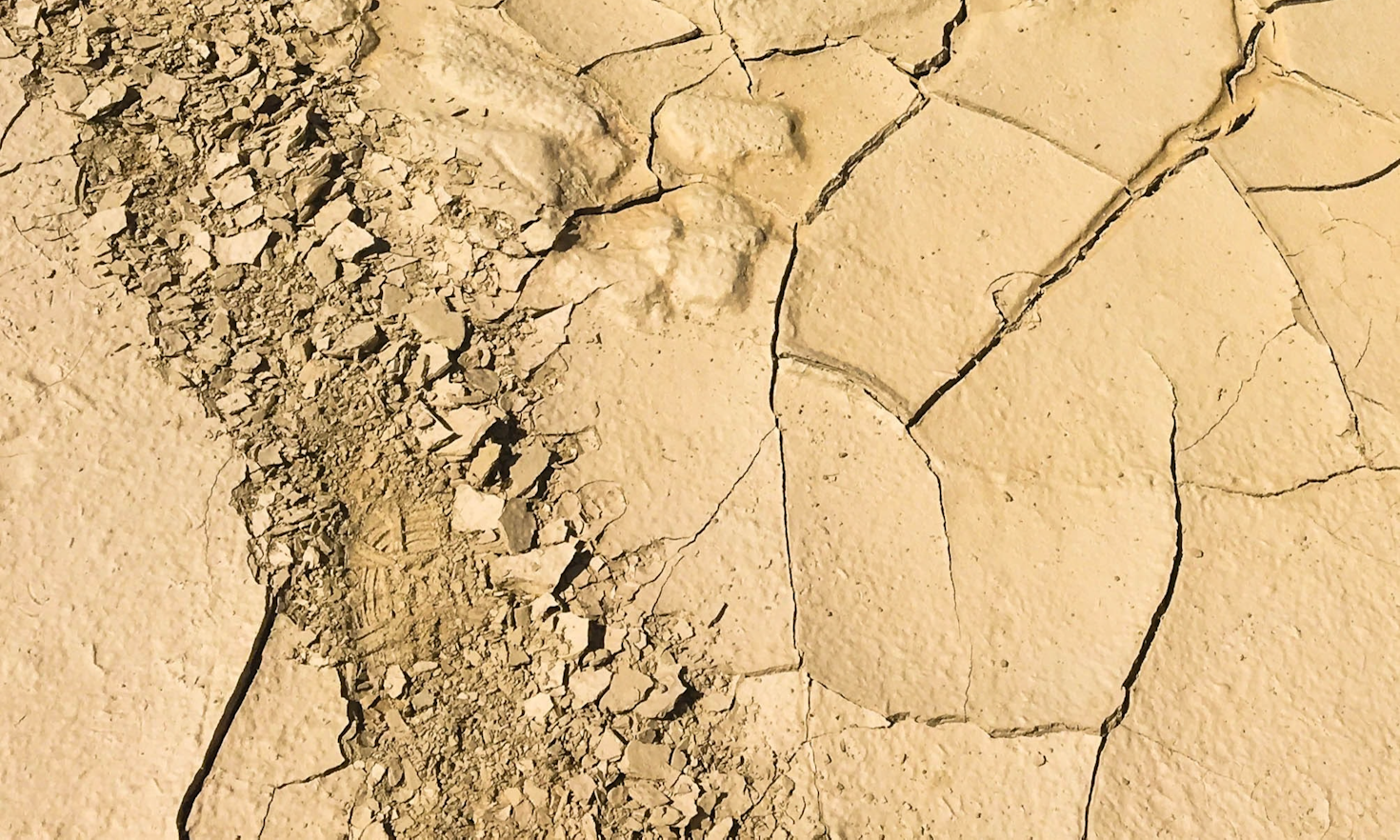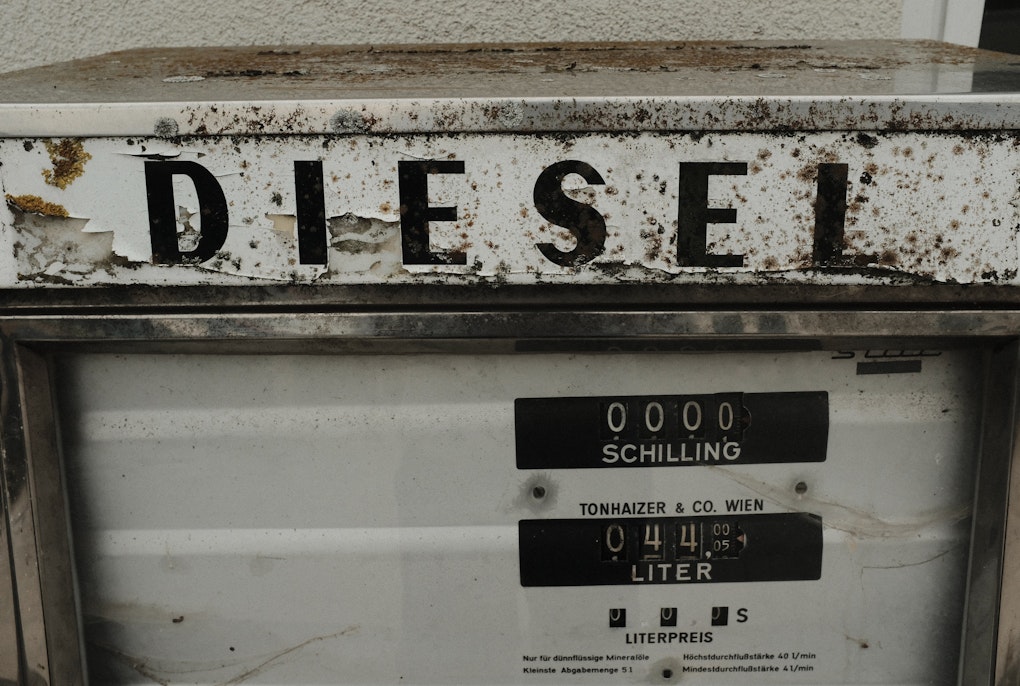
The 16th of all EU-r rights: the right to conduct a business and how the Charter contributes
 Gabriel Toggenburg
Gabriel Toggenburg
The Syrian conflict is not over. There is no peace agreement and the slow works of the Constitutional Committee – in place since 2019 – could not state it clearer. However, lately Syria has captured international headlines for another reason: on 6 February 2023, a violent earthquake hit the Northwest area which borders Turkey.
The most affected parts of this war-torn area are currently controlled by different groups: the North by the Syrian National Army (SNA), an armed umbrella group backed by Turkey; the Northwest by Hayat Tahrir Al-Sham (HTS), an armed group of Islamist Sunnis. Both oppose the Syrian Government that controls the more southern territories also affected by the earthquake. And both opposition groups are engaged in a so-called Non International Armed Conflict (NIAC)1 with the Syrian Government.
Also in the headlines, the subsequent humanitarian response was defined as inadequate for two main reasons. Firstly, the long time that it took for aid to reach most affected areas meant the “golden window” of 72 hours - the timeframe in which rescues are most successful, was widely exceeded. Secondly, many newspapers have criticized the statement of the Syrian U.N. Ambassador Bassam Sabbagh according to which relief operations ‘must be done in coordination with Damascus and delivered from within Syria, not across the Turkish border’.2 The dispute over the channels through which aid should be delivered had already started in Syria years ago and only resurfaced after the earthquake.
But what is the legal base for this humanitarian response? Are natural disaster responses legally distinct from responses to suffering resulting from armed conflicts? And what legitimizes the provision of aid across borders?
International Humanitarian Law (IHL) or International Disaster Law (IDL) are the applicable legal frameworks for the Syrian case. IHL is a set of international treaties and customary rules that seeks, ‘for humanitarian reasons, to limit the effects of armed conflict. It protects persons who are not, or are no longer, directly or actively participating in hostilities, and imposes limits on the means and methods of warfare’3. It is also known as law of armed conflicts since it applies during the armed conflict itself (ius in bello). Main sources are customary law, the four Geneva Conventions of 1949 and their Additional Protocols I and II of 1977 and Additional Protocol III of 2005.
By contrast, IDL applies for the protection of people in cases of disaster. Disaster is defined as ‘calamitous event or series of events resulting in widespread loss of life, great human suffering and distress, mass displacement, or large-scale material or environmental damage, thereby seriously disrupting the functioning of society’4. The definition is given by the Draft articles on the protection of persons in the event of disasters, adopted by the UN General Assembly in 2016, with the recommendation for states to further develop their own frameworks in this area.
It includes different types of natural, man-made and technological hazards like earthquakes, floods, tsunamis, droughts, pandemics – and also seems to not explicitly exclude armed conflicts. According to a rather broad understanding, a disaster is an exceptional situation, which impacts on societies and challenges the capacities of a single state to cope. This is where international aspects become relevant. All this suggests that IDL could, in principle, be relevant for aid in the context of the recent Syrian earthquake.
So what is then the actual relationship between relevant provisions of IHL and IDL? The applicable IHL Conventions for aid in the area affected by the Syrian earthquake are the Geneva Convention IV concerning the protection of civilian persons in time of war and, for the mentioned situation of a NIAC the Protocol II. Both documents are not explicitly limited to humanitarian needs which arise exclusively from conflicts. On the contrary, ‘if the civilian population is suffering undue hardship owing to a lack of the supplies essential for its survival, such as foodstuffs and medical supplies, relief actions for the civilian population which are of an exclusively humanitarian and impartial nature and which are conducted without any adverse distinction shall be undertaken subject to the consent of the High Contracting Party concerned’5. Undoubtedly, such “undue hardship” could also derive from an event like the recent earthquake; it is not limited to hardship caused by armed conflicts. More than the cause of the suffering, the focus of the above-mentioned documents lies on the relief actions and their humanitarian and impartial nature. IDL is complementary and subsidiary to IHL. This is because the IDLs Draft articles clearly prioritize IHL by declaring their non-applicability ‘to the extent that the response to a disaster is governed by the rules of International Humanitarian Law’6.
Fact is that IHL is the lex specialis and IDL merely applies to cover certain issues to the extent that the IHL does not. Its role is to ‘contribute to filling legal gaps in the protection of persons affected by disasters during an armed conflict’7. From the perspective of the people affected by the earthquake, there seem to be good reasons for IHL to prevail as it foresees the duty to grant access to humanitarian relief for civilians in need. Although access is subject to the consent of the party concerned, it cannot be refused in case of a lack of essential supplies for the survival of a particular population8. IDL merely suggests to not arbitrarily withhold humanitarian assistance. Under IHL, the humanitarian actors have a central role 9 in the response that lasts as long as the needs require, while IDL foresees the central role for the state only10.
The speedy provision of relief becomes even more complex in reference to border crossing points as channels for aid distribution. While IHL generally requires the consent of the states which qualify as party to the conflict, also in NIAC11, in 2013 the UN Security Council adopted a game-changing, binding Resolution 2139 (2014) that de facto bypasses the need for consent and demands the opening of border crossing points12. Explicitly referring to Syrian authorities, the resolution demands all parties allow unhindered humanitarian access, noticing that this had not happened so far despite of previous appeals. With Resolution 2165 (2014) four border crossing points, one from Jordan, one from Iraq and two from Turkey, were officially established. During the following years, three were closed again as per the conditions of Russia’s veto in the UN Security Council. In January 2023, Resolution 2672 (2023) recalled Resolution 2139 (2014), reaffirmed the opening of the border crossing Bab al-Hawa to allow humanitarian access from Turkey to Northwest Syria and continued ‘encouraging efforts to improve cross-line deliveries of humanitarian assistance and all relevant parties to further promote, consistent with United Nations assessments of need, unhindered delivery of humanitarian assistance’.13
As a result, Bab al-Hawa was the only official border crossing accessible by UN exempt from Syrian authorities’ consent. But after the earthquake it became inaccessible for UN trucks causing a delay in aid provision, which eventually only reached earthquake affected areas after three days. UN agencies did not dare enter Northern Syria through other, de facto open but unofficial border crossing points without the previous consultation of the UN Security Council.14 However, such consultation only took place on 13 February 2023, a full week after the earthquake. On the same day, Syrian Authorities announced their consent to open two new border crossings outside government control, in Turkey-backed Syrian rebel areas, for a period of three months. When asked during a press conference why it took a week to solve these issues, Syria's U.N. Ambassador answered “Why are you asking me?... We are not the ones controlling these borders.”15
As a matter of fact, 6000 deaths were reported by the UN Office for the Coordination of Humanitarian Affairs as of 1 March 2023. One might wonder how many of these lives could have been saved, if relief efforts had been more rapid, better coordinated and effective.

This content is licensed under a Creative Commons Attribution 4.0 International license except for third-party materials or where otherwise noted.

 Gabriel Toggenburg
Gabriel Toggenburg
 Matteo Camporese - Lo Spiegone
Matteo Camporese - Lo Spiegone
 Stefania Scarascia Mugnozza
Stefania Scarascia Mugnozza